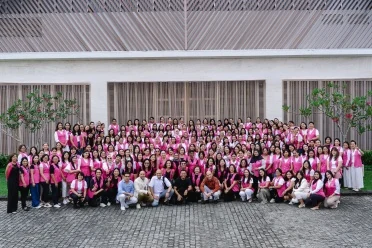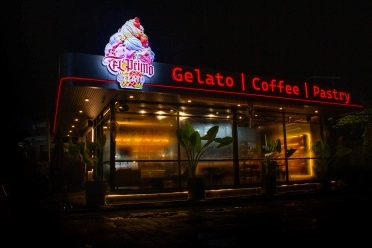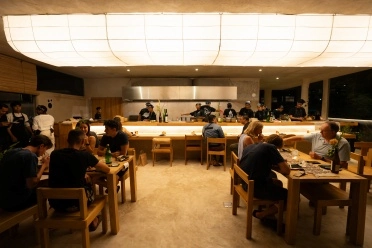Bali's vibrant art and culture are celebrated worldwide. Among its most treasured artistic creations is Endek, a traditional woven fabric that elegantly embodies the island's cultural heritage and artistic excellence. Dive into this article to uncover the captivating history, significance, and contemporary relevance of this indigenous woven cloth.
Endek: Bali's Vibrant Woven Heritage and Its Journey Through Time
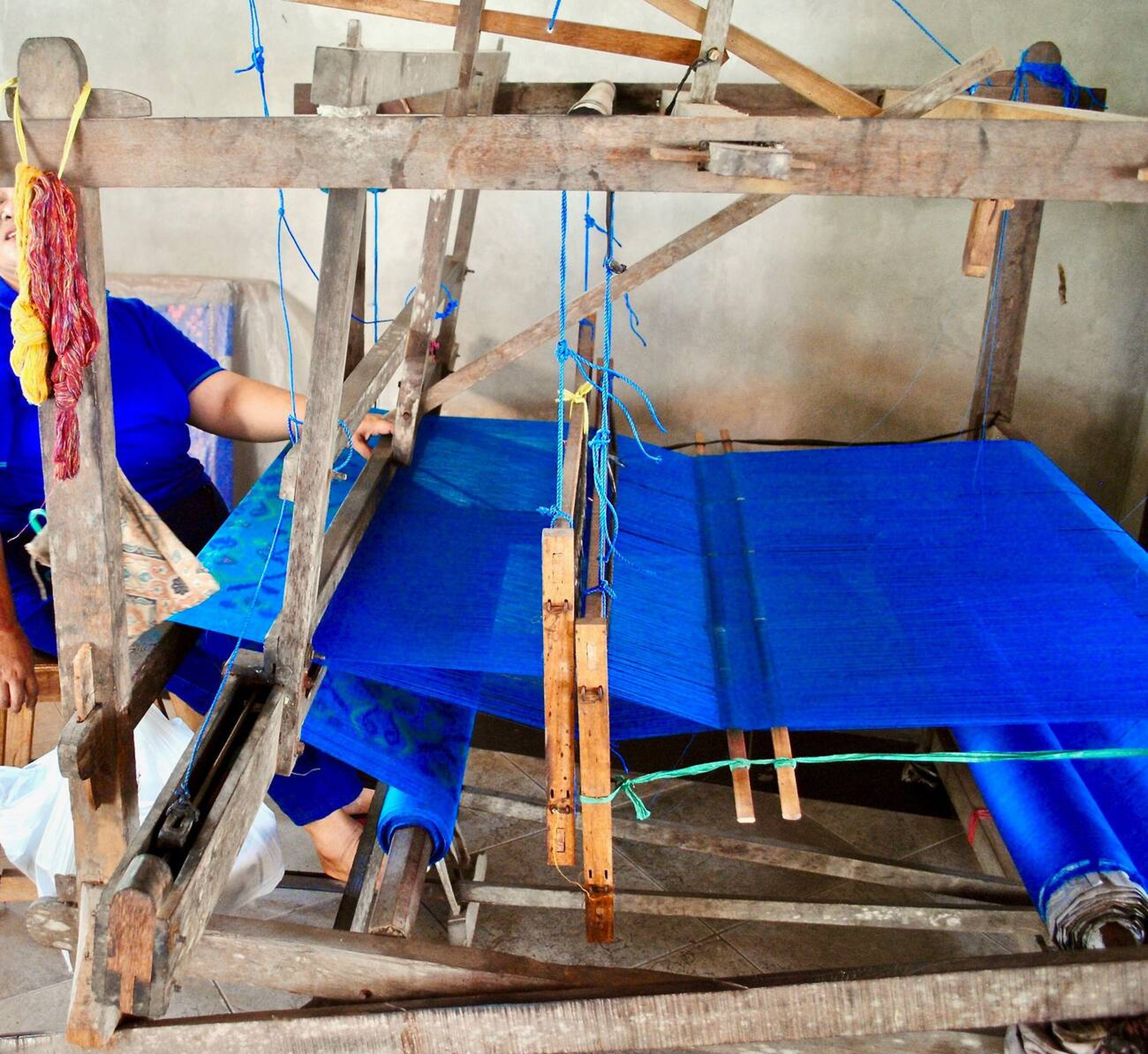
The Meaning Behind
The term "Endek" is derived from the Balinese word "ngendek," meaning to be silent or unchanged in color. This refers to the unique dyeing process used in creating Endek fabric, where colors remain vibrant and consistent throughout the weaving. This technique not only results in stunning textiles but also symbolizes the enduring nature of Balinese culture and traditions.
A Rich Heritage
Endek weaving is a time-honored craft that dates back to the reign of King Dalem Waturenggong in the 16th century, primarily centered in Gelgel, Klungkung. As the craft spread across the island, it became deeply intertwined with the cultural identity of the Balinese people. Following Indonesia's independence, government support propelled the development and production of Endek, ensuring its survival and growth in modern times.
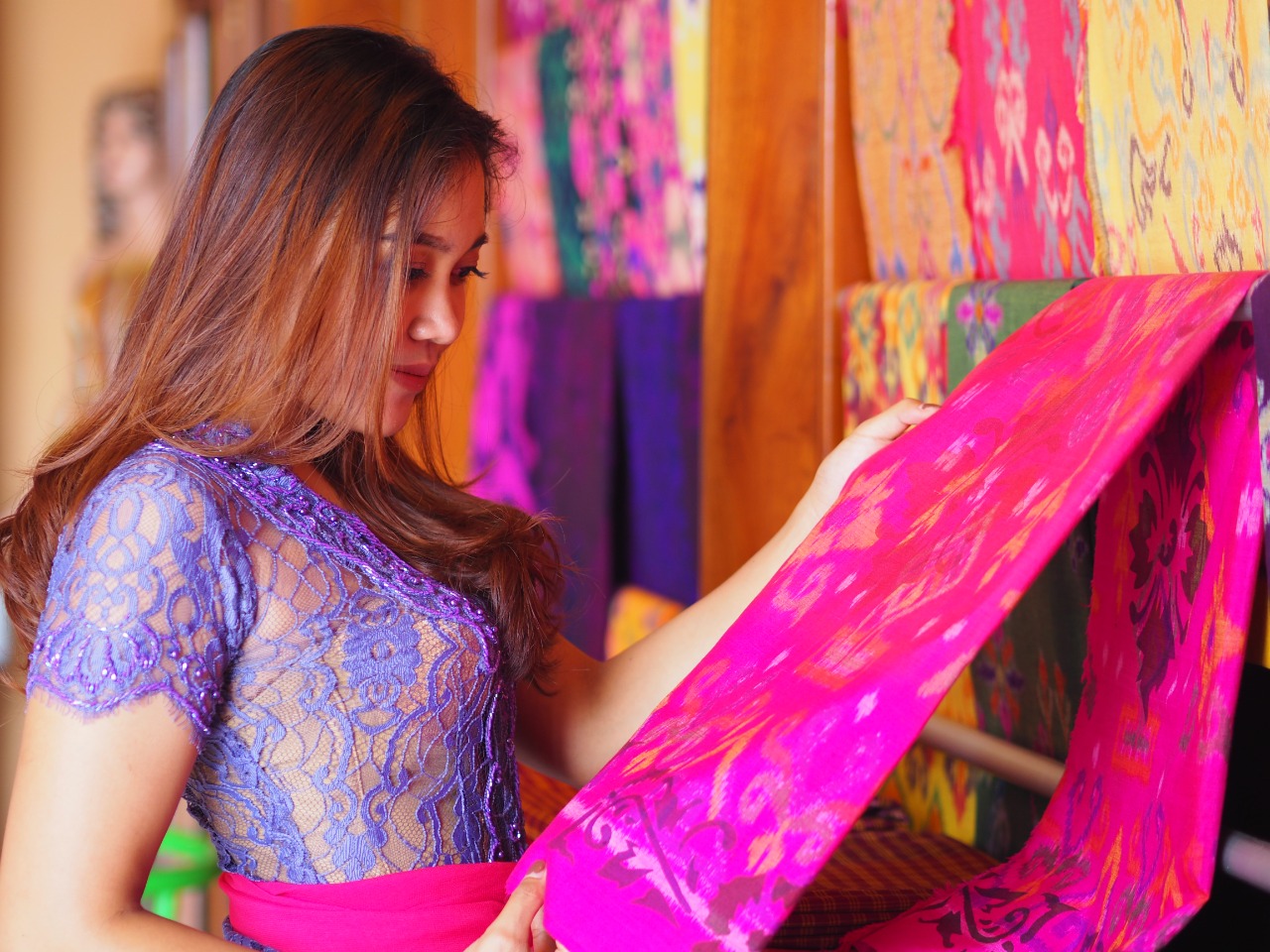
For the Balinese, Endek is not merely fabric; it is a revered art form passed down through generations. The skills of weaving are often taught within families, and many Balinese continue to practice this craft as a daily routine. Endek fabrics are frequently used in religious rituals, highlighting their spiritual significance.
Diverse Motifs and Symbolism
Endek woven fabrics come in various forms, including long cloths, sarongs, and shawls. The motifs are intricate and varied, with some considered sacred, such as the encak saji and patra motifs, which are reserved for religious ceremonies. Other motifs may signify social status or depict elements from nature, showcasing the rich biodiversity of Bali.
In contemporary usage, Endek has transcended traditional bounds, finding its way into everyday fashion and home decor. It is not uncommon to see Endek used in modern handicrafts, such as bags and decorative items, making it both versatile and culturally relevant.
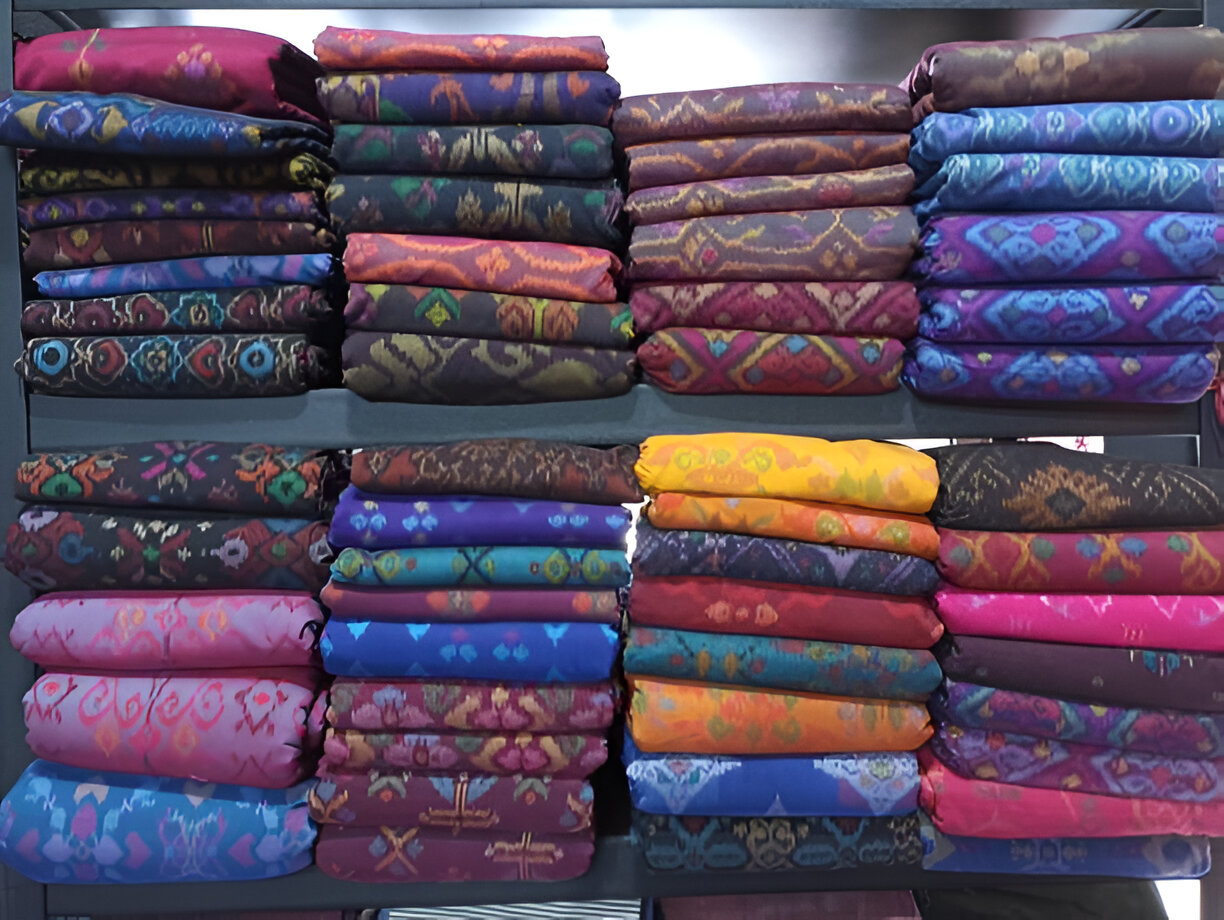
Economic and Cultural Importance
Endek also plays a crucial economic role for many Balinese families. Weaving has long been a source of income, and with increasing international recognition, the demand for Endek has only grown. The fabric has gained popularity both locally and globally, further cementing its status as an essential aspect of Balinese cultural heritage. In Denpasar, the capital of Bali, efforts are made to promote Endek, with various galleries showcasing this beautiful textile. It has become common for government officials and private sector employees to wear Endek as part of their uniforms, reflecting its significance across social strata.
International Recognition
Endek has caught the eye of global fashion industries, notably making a splash on Christian Dior's Spring/Summer 2021 runway at Paris Fashion Week. The use of natural dyes and traditional weaving methods underscores the fabric's elegance and craftsmanship. Simple Endek designs can take up to two weeks to complete, while more intricate patterns may take a month, highlighting the dedication and artistry involved.

Where to Experience
For those eager to explore this beautiful textile, Sidemen village in Karangasem is renowned for its skilled hand-weaving artisans. Klungkung is also a popular destination for purchasing Endek, offering a wide variety of patterns and designs. Visitors can not only buy authentic Endek but also witness the weaving process, deepening their appreciation for this cultural treasure. Additionally, several stores around well-known areas like Denpasar, Seminyak, and Kuta offer a selection of Endek clothing and accessories, making it easy to find and appreciate this exquisite fabric during your visit.
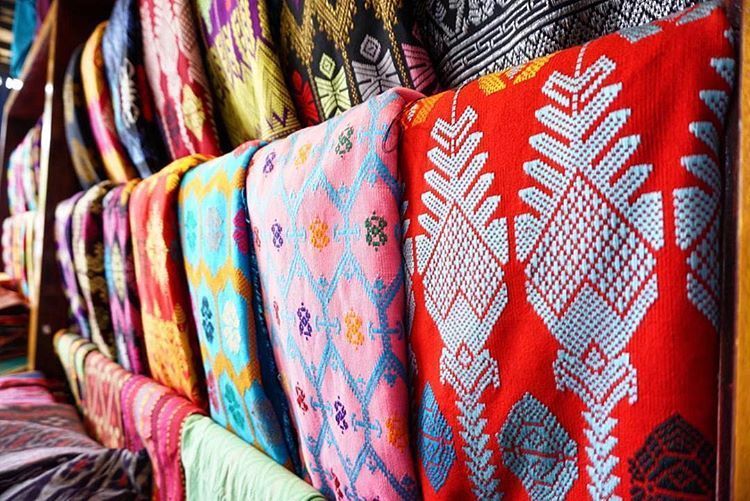
From its historical roots to modern adaptations, Endek continues to captivate both locals and visitors. If you're in Bali for a holiday or aiming to explore its rich culture, be sure to seek out this extraordinary woven fabric. Seize the opportunity to take home a piece of Bali's heritage that beautifully reflects its artistic spirit and historical significance.



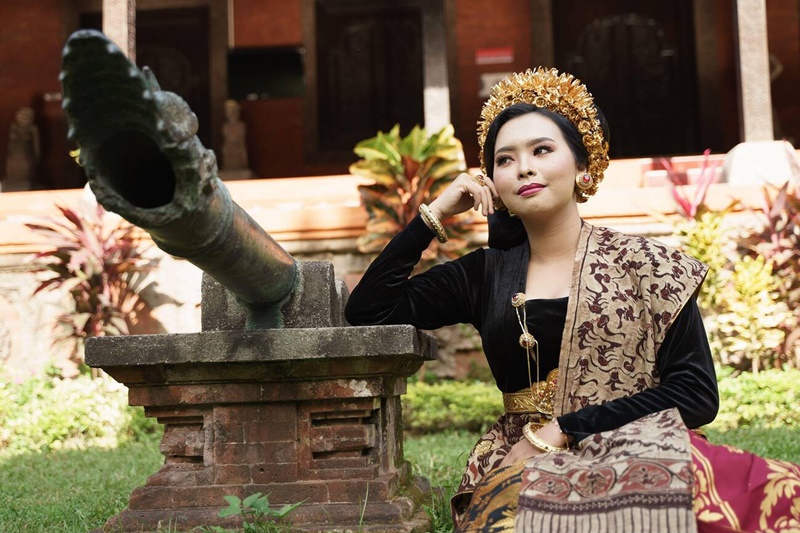
 Billy Bagus
Billy Bagus
 Oct 30, 2024
Oct 30, 2024


